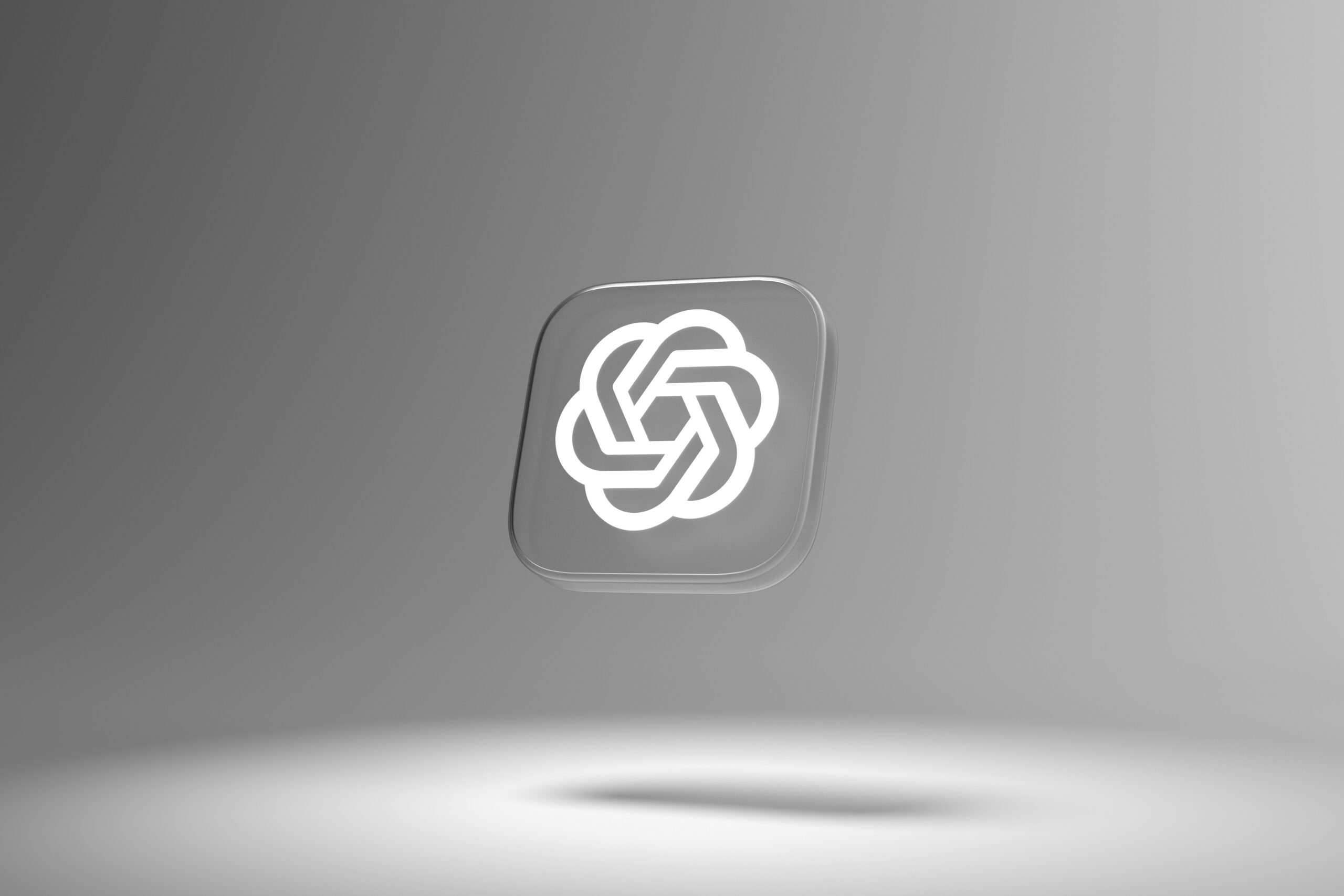Operational Costs of OpenAI’s o3 Reasoning Models Are Very High

Measuring Artificial Intelligence: The Complexity of Benchmarking
Introduction to AI Intelligence Metrics
Evaluating the intelligence of artificial intelligence systems can be quite challenging. To tackle this complexity, the technology sector has developed benchmarks like ARC-AGI to assess AI capabilities. One notable milestone was achieved by OpenAI’s o3 reasoning model, which successfully passed this benchmark in December with an impressive score of 87.5%.
The Cost of Testing AI Models
Despite its achievements, testing the OpenAI o3 model came with a hefty price tag. The Arc Prize Foundation—a governing body for the ARC-AGI benchmark—estimated that each test task cost around $3,400. Interestingly, a more efficient version of o3, which scored 75.7%, had a much lower testing cost of approximately $20 per task.
However, these initial estimates turned out to be conservative. It was later revealed that the actual costs could be as high as ten times more than previously thought. The original pricing was based on OpenAI’s earlier o1 model, which has now been superseded by the newly introduced o1-pro model. This latest version is reported to be the most expensive AI model from OpenAI, boasting operation costs that significantly exceed those of its predecessors.
Cost Breakdown for OpenAI’s Models
According to revised calculations, the cost of running o3 could potentially reach upwards of $30,000 for each task. In contrast, more efficient versions of o3 are now said to cost around $200 per task. Greg Kamradt, president of the Arc Prize Foundation, suggested that the pricing for o3 would likely align more closely with o1-pro rather than the original o1 model, leading to an updated perspective on the associated costs.
To maintain transparency, the Arc Prize Foundation has revised its leadership board for the ARC-AGI benchmarks. It now only features AI systems whose testing costs are below $10,000.
Understanding ARC-AGI
Background of ARC-AGI
The ARC-AGI benchmark was established in 2019 by researcher François Chollet. This benchmark utilizes a series of puzzles designed to evaluate how closely AI systems can approach human-like intelligence. Unlike other metrics that merely assess a model’s ability to analyze data, ARC-AGI emphasizes adaptability to new problems and learning new skills.
Kamradt describes ARC-AGI as a test that measures an AI’s capability to learn and adjust to new challenges. The o3 model excelled in this environment due to its function of evaluating multiple potential responses before selecting the most accurate one.
Pricing Insights
While OpenAI has yet to confirm the exact financial implications of operating the o3 model, estimates provided by the Arc Prize Foundation are likely to remain anchored to the costs associated with the o1-pro model until official pricing becomes available. Kamradt noted that future costs could even exceed current estimates, although precise predictions are difficult without further data.
The Challenge of New Testing Standards
Even as recent AI models are nearing perfect scores on the ARC-AGI tests, they have encountered difficulties with an updated version of the benchmark, known as ARC-AGI-2. Released just last month, this new test includes tasks aimed at pushing AI systems to their limits, particularly in reasoning capabilities. Thus far, no model has scored over 5%, indicating the increasing challenges presented by these advanced benchmarks.
In summary, assessing AI intelligence continues to evolve as new models and benchmarks emerge. As organizations like OpenAI strive to overcome the hurdles in AI evaluation, the costs and complexities involved in the testing processes remain a significant consideration in the ongoing development of artificial intelligence.






